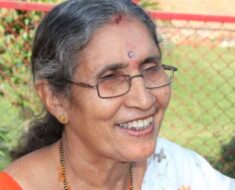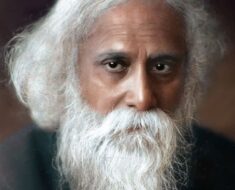The K. M. Nanavati case remains one of India’s most infamous trials, captivating the nation and sparking intense debate about justice, privilege, and societal norms. This blog post delves into the life and legacy of Commander Kawas Manekshaw Nanavati, exploring the events that led to his trial and its lasting impact.
Wiki/Biography
K. M. Nanavati, born Kawas Manekshaw Nanavati in 1925, (age 79 at death), was a commander in the Indian Navy. He attended the Britannia Royal Naval College, Dartmouth. His life took a dramatic turn following a tragic event that would forever shape his legacy.
Physical Appearance
- Height: 6′ (approx.)
- Weight: 65 kg (approx.)
- Eye Colour: Black
- Hair Colour: Black
Family, Caste & Wife
Nanavati hailed from a Zoroastrian family. His father was Manekshaw Nanavati, his mother Mehra Nanavati, and he had a younger brother, Hoshang. His cousin sister, Bapsi Sidhwa, was a renowned writer. He married Sylvia Nanavati, a British woman, and they had two sons, including Feroze Nanavati, and a daughter, Tannaz.
The Tale Of Tragedy
Stationed in Bombay with his family, Commander Nanavati often faced extended absences due to his naval duties. During one such absence, his wife Sylvia developed a relationship with Prem Ahuja, a prominent Sindhi socialite. Upon his return, Nanavati discovered the affair. The ensuing confrontation led to a fateful decision.
On April 27, 1959, after a family outing, Nanavati obtained his service pistol. He confronted Ahuja at his apartment, demanding accountability for his actions. A heated argument ensued, culminating in Nanavati shooting Ahuja three times in the chest.
Following the shooting, Nanavati surrendered to Deputy Commissioner of Police John Lobo. This act initiated a legal battle that would capture national attention.
The Verdict
Prem Ahuja’s sister, Mamie Ahuja, filed a murder charge against Nanavati. The initial jury trial resulted in a surprising “not guilty” verdict (8:1). However, the sessions judge deemed the acquittal perverse, leading to an appeal. The Bombay High Court overturned the verdict, finding Nanavati guilty of culpable homicide amounting to murder, sentencing him to life imprisonment. The Supreme Court upheld this decision in November 1961.
Remarkably, Nanavati received a pardon three years later from the then Governor of Maharashtra, Vijaya Lakshmi Pandit. The circumstances surrounding this pardon remain a subject of much speculation and debate.
Death
K. M. Nanavati passed away on July 24, 2003, in Toronto, Canada.
Facts
Several factors contributed to the intense public interest in the case. The media, particularly the tabloid *Blitz*, played a significant role in shaping public opinion, portraying Nanavati as a wronged husband and Ahuja as a playboy. The case’s impact extended beyond the courtroom, influencing literature and cinema.
The Nanavati case had profound consequences for his family. His children faced difficulties at school, and their assets were liquidated to cover legal costs. The case also led to the abolition of jury trials in most cases in India, a significant legal reform.
| Aspect | Detail |
|---|---|
| Trial Outcome (Initial) | Not Guilty (8:1 jury verdict) |
| High Court Verdict | Guilty of culpable homicide, life imprisonment |
| Supreme Court Decision | Upheld High Court verdict |
| Pardon | Granted after three years of imprisonment |
The case continues to fascinate and provoke discussion, serving as a compelling study of a society grappling with issues of justice, morality, and the influence of media and social standing.
“`






